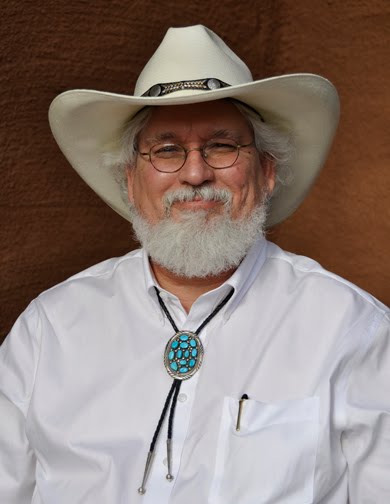
As I was driving to pickup some jewelry today, I noticed the sign pictured bathed in a very pleasant, soft and beautiful light, but I passed by before I decided to photograph. I decided to delay an image capture for my trip back which was to be quick, but an hour later the great light had vanished and a blustery spring snow storm storm was was well underway. I pushed my pickup truck into the mud beside the highway to avoid traffic and captured the quick shot above as the snow blew into my face and compromised my lens.
I rarely go to Richardson's but it is a tourist delight. Still a little shy of centennial celebration time, it is one of the oldest trading companies in the region. It is the best place in town to see Navajo rugs, and they deal in most everything else involving Native Americans art from this region of the country. Richardson's is a classic, be sure to visit when you come to our town.
I'm hoping for better weather tomorrow. I am headed to the puebl0 of Zuni for an overnight visit. I hope to catch the dance celebrations they plan for tomorrow tonight. Stay tuned.























